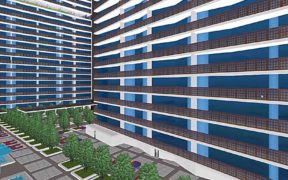Category: Enterprises

Calibrating Prediction: What Difference Does it Make?
October 29, 2018
chat_bubble0 Comment
visibility3467 Views

Case Study: How one of the World’s Largest Package Delivery Companies is using iBwave to Manage Thousands of Wi-Fi sites
September 13, 2018
As one of the largest package delivery and logistics companies in the world, one of our newest iBwave customers came to us wondering how our software could improve their existing process for deploying and managing their many Wi-Fi networks across thousands of their facilities around the world. Here is the story. From the start, it […]
chat_bubble0 Comment
visibility2462 Views

